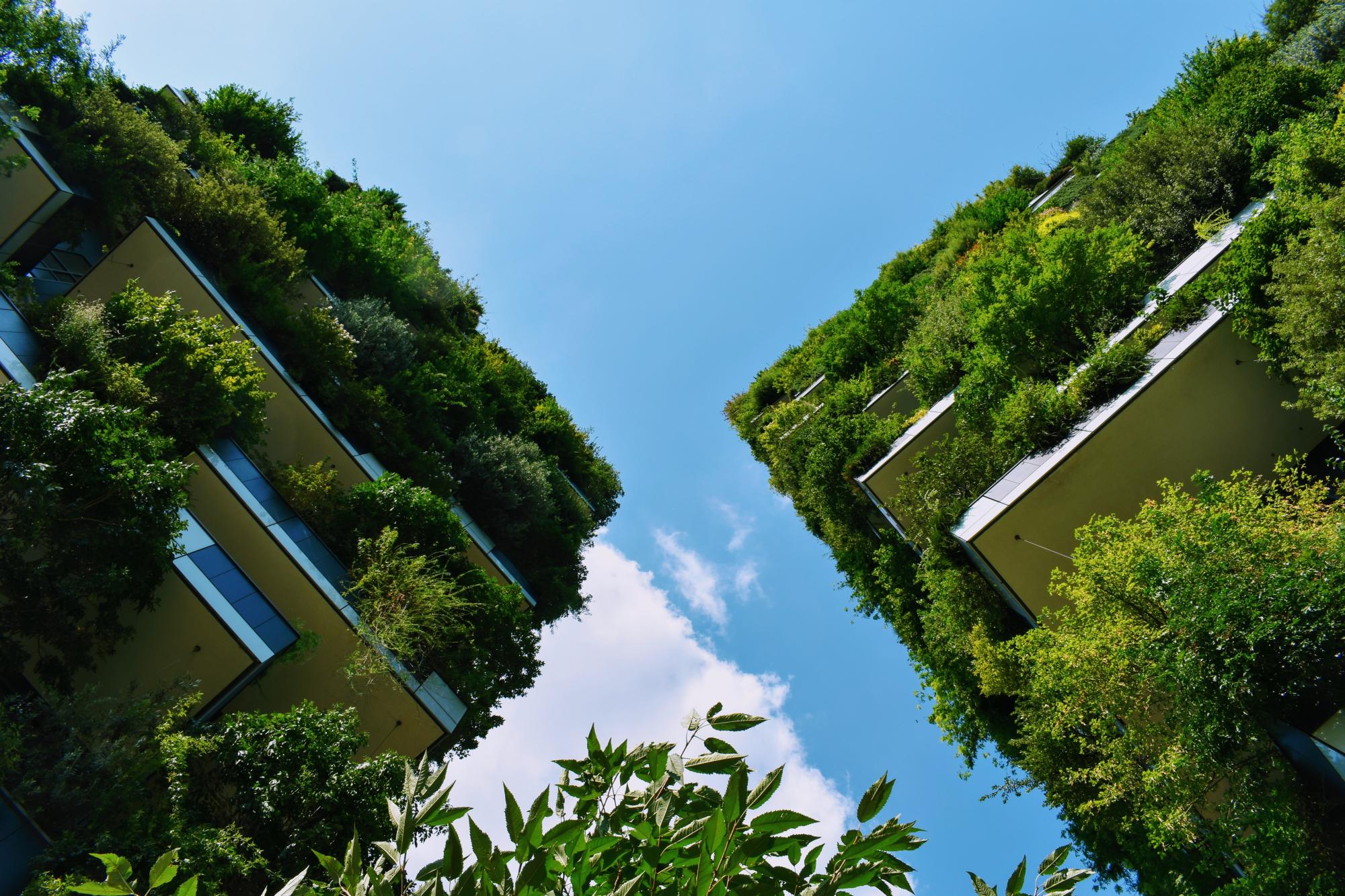In anticipation of the organisation of the 2016 United Nations Climate Change Conference in Marrakech, the Sidi Mohammed Benabdellah University (USMBA) of Fez has launched an operation to plant 1,000 trees of different species. This intervention was part of a series of scientific, cultural, artistic, sporting and environmental actions undertaken by the University for the Climate, with the cooperation of other partners. Students and faculty as well as NGO representatives were present and implemented the action which ultimately led to the creation of green areas within the campus and around the faculties and universities. Founded in 1975, Sidi Mohamed Ben Abdellah University is named for a 18th century Sultan of Morocco, the nation in which the university is based. The main campus is located in the northern city of Fez, a World Heritage Site and historically the last stop on the famous gold trading route from Timbuktu. (1)
Overview
Nature-based solution
- Parks and urban forests
- Pocket parks/neighbourhood green spaces
Key challenges
- Climate action for adaptation, resilience and mitigation (SDG 13)
- Climate change mitigation
- Green space, habitats and biodiversity (SDG 15)
- Habitat and biodiversity conservation
- Green space creation and/or management
- Regeneration, land-use and urban development
- Promote natural styles of landscape design for urban development
- Social justice, cohesion and equity (SDG 10)
- Environmental education
Focus
Project objectives
Implementation activities
Climate-focused activities
Climate change mitigation:
- Increase green urban nature for carbon storage (wetlands, tree cover)
- Raise public awareness of behaviours, lifestyle and cultural changes with mitigation potential
Biodiversity conservation or restoration-focused activities
Biodiversity conservation:
- Means for conservation governance
- Raise public awareness
Main beneficiaries
- Local government/Municipality
- Researchers/University
- Citizens or community groups
- Young people and children
Governance
Management set-up
- Led by non-government actors
Type of initiating organisation
- Researchers/university
Participatory approaches/ community involvement
- Dissemination of information and education
- Joint implementation (e.g. tree planting)
Details on the roles of the organisations involved in the project
Project implemented in response to ...
Financing
Total cost
Source(s) of funding
- Unknown
Type of funding
- Unknown
Non-financial contribution
- Provision of land
- Provision of labour
- Provision of expertise
- Citizens (e.g. volunteering)
- Other
Impacts and Monitoring
Environmental impacts
- Green space and habitat
- Increased green space area
- Increased number of species present
Economic impacts
- Unknown
Socio-cultural impacts
- Education
- Increased support for education and scientific research
- Increased awareness of NBS and their benefits
- Other
Type of reported impacts
Presence of formal monitoring system
Presence of indicators used in reporting
Presence of monitoring/ evaluation reports
Availability of a web-based monitoring tool
References
2. AgriMaroc (2016), COP22: OPÉRATION DE PLANTATION DE 1.000 ARBRES À FÈS, available at Source link (accessed 29-9-2021)
3. Le Matin (2016), Plantation de 1.000 arbres à Fès, available at Source link (accessed 29-9-2021)
4. Le Vert (2016), FES : UNIVERSITE SIDI MOHAMMED BEN ABDELLAH S’ENGAGE POUR LE CLIMAT, available at Source link (accessed 29-9-2021)
5. MapEcology (2016), MOROCCO PLANTS 1 MILLION TREES IN ONE DAY, available at Source link (accessed 29-9-2021)
6. Mongabay (216), Morocco plants millions of trees along roads to fight climate change, available at Source link (accessed 29-9-2021)
7. BioNet (no date), Jacaranda mimosifolia (Jacaranda), available at Source link (accessed 29-9-2021)
8. Jardinage (no date), Jacaranda en résumé, available at Source link (accessed 29-9-2021)


